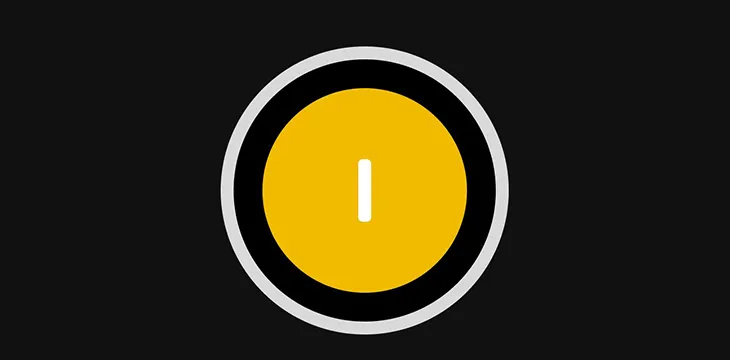|
Getting your Trinity Audio player ready...
|
At block height 783968, the gold rush to inscribe 1 satoshi ordinals on the Bitcoin SV blockchain began.

In the spirit of “cryptocurrency” of course an enhanced pepe frog was inscribed first, which will be assigned serial number #0.
Ordinals are the global serialized token protocol first released on BTC, now being implemented on UTXO-based blockchains. Serial numbers are assigned based on their ordering inside a committed block on the global ledger. On BSV, the community agreed upon the block that starts the token protocol to have a fair launch was 783968, so any inscriptions in that block are the official start.
A fair launch matters.
Pay attention.
This is launching fairly soon. pic.twitter.com/xoeXMM8UGw
— GorillaPool (@MineLikeAnApe) March 17, 2023
As of writing, no public website tracks serial numbers of ordinals yet, but given the impressive amount of work done in just 24 hours, an explorer should be live soon. In less than 12 hours, we saw four inscription services launch:
RelayX – relayx.com/inscribe
Aym.world – aym.world
1SatOrdinals.com – 1satordinals.com
AskHAPI – askhapi.com/inscribe
Aym and 1SatOrdinals double as wallets where users can view their inscriptions. During that time, we had thousands of inscriptions being done, with at least 3 collections of 5,000 inscriptions or more. The total number is unknown until an explorer launches, but 4 blocks mined shortly after height 783968 were over 500 MB organically. Likely over 50,000 ordinals were inscribed in less than 24 hours on BSV, compared to BTC crossing the 500,000 mark in just over 60 days.
What to watch for after the first 24 hours:
– Ability to send ordinals in wallets
– RelayX dropping Prescriptions
– Marketplace
– Indexing Service / Developer APIs
– Explorer to view Inscription Numbers
These services will bring the ecosystem to at least parity with other blockchains that have Ordinals support, so that the protocol can be pushed even further. These features will enable OTC trading and speculation but also will enable further innovation.
It’s not just JPEGS.@1SatOrdinals integrates with @BitcoinSchema – natively!
This makes ordinals a great tool for access keys, auth handshakes, publishing, Bitchat, or as part of any unbounded tape of transactions.
Build the new internet of ownership!https://t.co/r4QA9GIKlL
— Kurt Wuckert Jr | GorillaPool.com (@kurtwuckertjr) March 21, 2023
Without base protocol constraints such as an inability to use script and embedded data limits, developers can easily embed additional metadata into inscriptions, such as collection name, custom attributes, geohashes and more. We can have on-chain collections, tagged with whatever we can dream of.
In fact, 1,000 of the first 1,465 inscriptions are a collection minted that have some interesting aspects.

Applications that already support Bitcoin Schema can easily integrate this on-chain data, as they just need to interpret these new transactions.
However, to push forward, developers cannot just copy what is done on other chains and attract users just because of lower fees or more capable protocols, otherwise the same mistakes will be made that has led to BSV’s poor reputation in the first. Creativity and the willingness to fail must be at the forefront in order to achieve market adoption and offer something novel.
While infrastructure is still under development, community members should be looking to inscribe as many assets as possible, so that creativity can be as incentivized as possible, otherwise yet another instance of lightning in a bottle will escape us.
NFTs: What can we do better?

 07-13-2025
07-13-2025 





